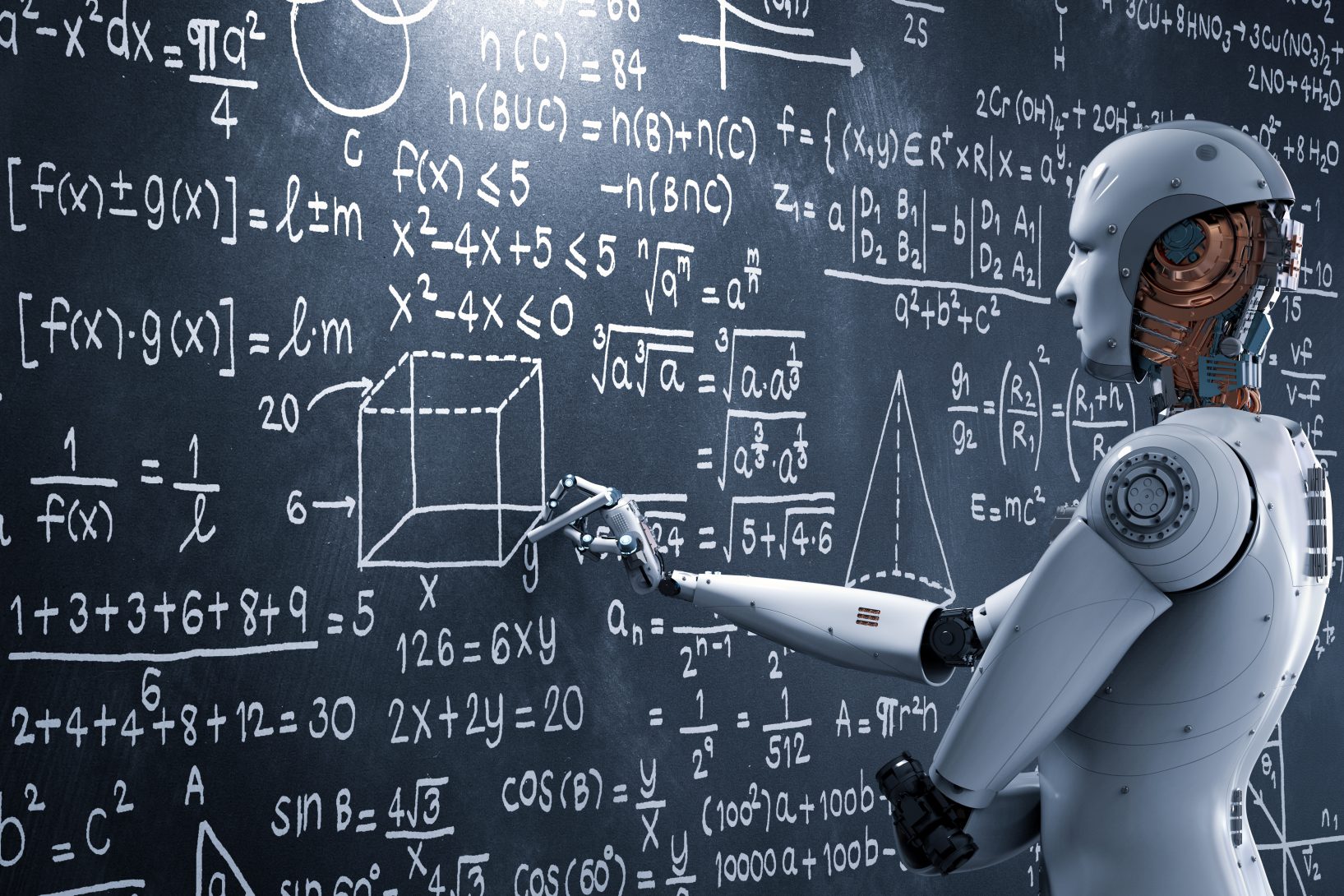Most robots are designed to carry out difficult and repetitive tasks in manufacturing plants. The word robota, a Czech word from which the term ‘robot’ is derived loosely translated means ‘forced labor’. It clearly defines robots based on the tasks they are expected to take up.
Tasks that are performed over and over tend to be boring and even dangerous for humans to perform. Robots come in quite handy to take over such tasks allowing humans to go for less dangerous work that is also more motivating.
The Robotic Arm
The robotic arm is most common in the manufacturing industry. The usual robotic arm has seven metal segments which are linked by seven joints. A computer rotates the motors connected to each joint. These motors move in uniform increments which allow the computer to move the arm precisely and the movement is done repeatedly.
The Industrial robot arm is fitted with motion sensors to ensure that it moves the precise amount it is supposed to. In comparison, the human arm may sometime jerk or even tire thus failing to move in exactly the same way.
Industrial Robotic Arm
An industrial robotic arm with six arms is just like a human arm with a wrist, elbow and shoulder. It is able to turn in six different ways and has six degrees of freedom (the human arm has seven).
The shoulder is not mounted on a body that has motion. It is mounted on one that is stationary.
Function
Just like the human arm, the robotic one’s job is to move what is known as an end effector to wherever it is needed. The robotic arm can be outfitted with any sort of end effectors depending on the tasks it is meant to perform. For instance, if it is going to pick and place or even grasp something and carry it.
The built-in sensors communicate to the computer how hard the robot has gripped an object. It is able to adjust the pressure to avoid destruction. Also, it is able to prevent the robotic arm from dropping the object it is carrying.
The following are other end effectors that are fitted to a robotic arm:
- Drills
- Blowtorches
- Spray painters
Teaching the Robot How to do its Job
Industrial robotic arms are designed to perform tasks in exactly the same way and repeatedly. In order to train the robot how to perform its tasks, the programmer uses a handheld controller to guide the arms through its motions.
The robot records the exact motions in the exact sequence into its memory and repeats these movements when new units are sent down the assembly line. Most of these repetitive tasks are found in vehicle assembly lines where robots put cars together.
Efficiency
Robots have several advantages over humans in manufacturing such as precision. They are able to tighten bolts to the same consistency and will place objects in the same place every time. It does not matter if they are expected to pick and place all day every day. They will do it in exactly the same way.
Humans get tired and bore and want to do something else after an hour of the same activity. Furthermore, robotic arms will not suffer from tendonitis, will not need breaks and never get never experience fatigue.
Conclusion
Robotic arms are vital in industries such as manufacturing as well as health. It takes precision for instance to place a microchip precisely where it should be when manufacturing a computer. They are fast becoming indispensable in the health sector because they are able to measure out prescriptions precisely.
In addition, they have taken surgical procedures to the next level. Robotic arms with direction from the operating surgeon are able to carry out surgical procedures precisely and with minimal loss of blood. Moreover, the surgeon does not have to be in the same room or even country with the patient to operate.






